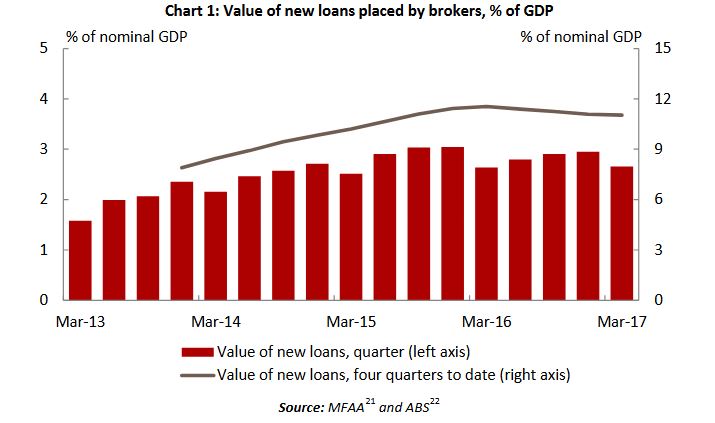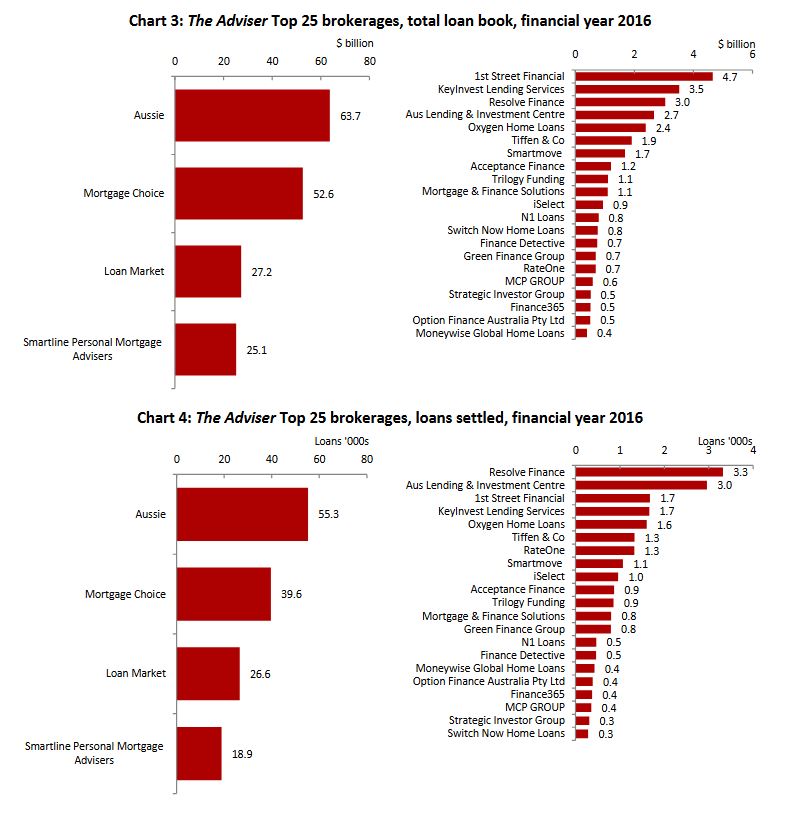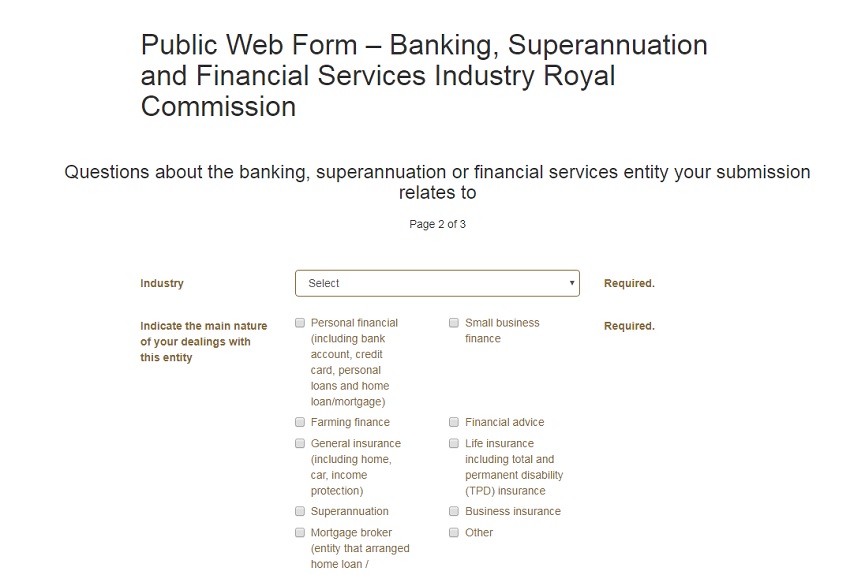Applying best interest obligations to brokers could help preserve the integrity of the third-party channel, according to ANZ CEO Shayne Elliott.
In his opening address to the Productivity Commission (PC) on Tuesday, 6 March, Mr Elliott claimed that a “best interest duty” applied to the broking space could enhance consumer protection.
“About half of our mortgages originate from brokers. As such, while we don’t own a broker network, we believe the integrity of the channel is critical,” the CEO said.
“The Productivity Commission has made some recommendations concerning brokers. We see merit in enhancing the consumer protections in this space.
“A best interests duty could support the existing law to promote consumer interests when receiving help from a broker.”
In draft recommendation 8.1 of its report, the PC called for the Australian Securities and Investments Commission (ASIC) to impose a “clear legal duty” on lender-owned aggregators, which should also “apply to mortgage brokers working under them”.
The ANZ CEO told commissioners that despite the absence of a legal duty of care, consumers may be under the impression that such obligations already exist.
Mr Elliott added: “I imagine that a lot of people think that the broker does have a duty of care to them. I imagine that when mums and dads walk into a [brokerage], they assume that is the case.
“You may go as far as to say that they have a best interest duty as well — I don’t know — but I think there is an expectation.
“[I] think FOFA [Future of Financial Advice reforms] and others have probably raised that expectation and say well if that’s the rule for a financial planner, we assume it is for a broker, but I think it’s important to go and ask consumers and their representatives.”
ANZ on fees for service
Further, PC commissioner Peter Harris inquired about the feasibility of a fixed fee model as opposed to a volume-based commission paid to brokers.
“I have the impression that perhaps a fee is a better proposition. The question might be, should it be paid by the consumer, or should it still be paid by the bank?” Mr Harris said.
In response, the ANZ chief said that there is “absolute merit” in exploring such a model, and he pointed to the use of a fixed fee structure in Europe.
“The reality is, today, in an open, highly competitive market, [we have been] taken down a commission-based structure,” Mr Elliott said.
“There’s an understandable logic to that given that there’s an alignment between the commission and the volume obviously driving revenue to the bank.
“I think there’s merit in looking at a fee-based structure. I can’t imagine [that] it would evolve naturally — that would require some intervention. Either as an industry or through regulation would be my guess.”
ANZ on financial planners entering the credit space
The major bank chief also commented on calls from the PC to introduce financial planners into the credit space.
Mr Elliott highlighted the difference between the two services and noted that there are no restrictions on financial planners obtaining a broking license.
“To my knowledge, there’s nothing stopping people from doing that today, so if I have a financial planning license, I can go and get a broking license — there’s nothing prohibiting that, but for some reason, that has not evolved,” the CEO said.
“Our view from experience, and just looking at the products, they are different and our customers think about them in a very different way.
“There’s an old adage: wealth products are sold and mortgages are bought. People think about them very differently; they think about who they go to for that advice.”








